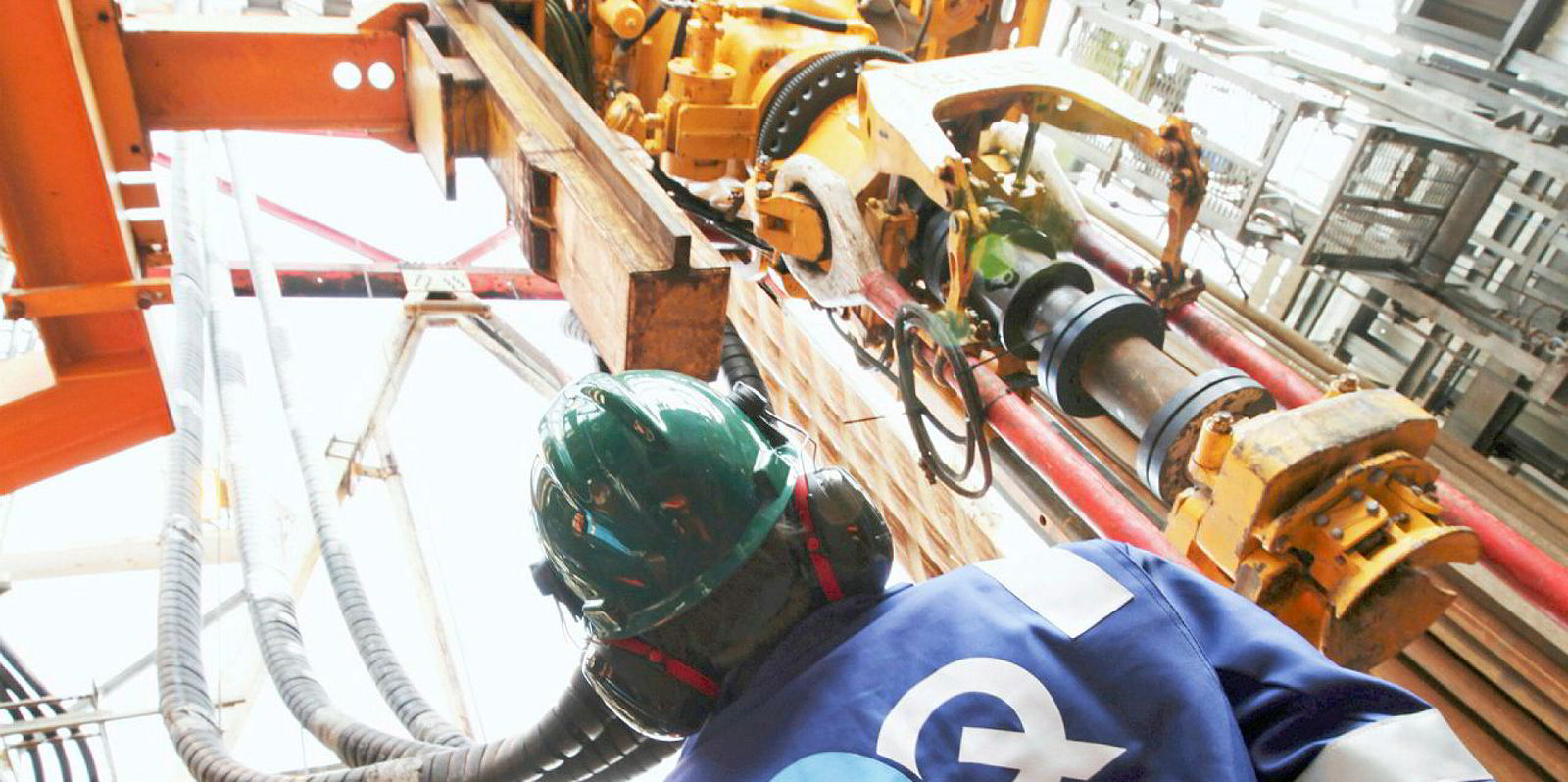North Sea oil and gas leaders will gather in Aberdeen next week for a key safety conference organised by trade association Oil & Gas UK (OGUK).
An opportunity to reflect on safety issues in the mature basin could not come at a better time.
While much of the sentiment surrounding the industry in the UK has been positive this year thanks to increasing output and optimism surrounding exploration drilling, a number of recent safety problems and production disruptions have highlighted just how changeable, fragile and complex the operating environment is these days.
In September, the industry set out its plan for what the sector could look like in 15 years when it published its Roadmap 2035 blueprint.
The industry believes it has a crucial role to play in providing secure energy supplies and remaining an important contributor to the economy, while also supporting the UK government’s target of net-zero carbon emissions by 2050.
Despite the ambitious targets, public perception of the fossil fuel business, rightly or wrongly, remains poor, and it continues to come under attack on a number of fronts.
Greenpeace activists recently boarded some of Shell’s Brent platforms in the northern North Sea to protest the supermajor’s plans to leave in place some of the concrete structures — and thousands of cubic metres of oil-based toxic sludge encased within them — instead of removing them fully.
Extinction Rebellion’s protests in London and the decision by the Royal Shakespeare Company to drop BP as a sponsor have seen opinions become further entrenched.
Not a time, then, for the industry's safety record to take a backward step. OGUK said in its annual health and safety report published midweek that the number of dangerous gas leaks, injuries, lost time incidents and maintenance backlogs levels are all either plateauing or increasing.
Last week, Coastguard helicopters helped evacuate all 115 workers from EnQuest’s Thistle platform — built and installed in the 1970s — amid fears about its structural integrity.
That event followed separate fires at the Heather platform, also operated by EnQuest, and the Taqa-operated Tern platform that left two workers injured and needing hospital treatment.
While full details about what has happened at Thistle are yet to emerge, it is the sort of event that should concern those in the industry and beyond.
Last week’s evacuation and questions about the structural integrity of the ageing platform are only likely to perpetuate perceptions that North Sea oil and gas is a dinosaur industry, handing easy ammunition to its detractors. It also risks deflecting attention from efforts to convince the public that it is a forward-looking sector.
Compounding the safety issues have been production stoppages.
The CNOOC Petroleum Europe-operated Buzzard oilfield — the UK’s largest producer — resumed operations on 25 October after repairs to faulty pipework forced a shut-in of nearly two weeks.
The Forties Pipeline System (FPS) — the country’s largest crude export link, already due for a major three-week maintenance shutdown next summer — also suffered a short service interruption last month after pumping equipment was hit by lightning.
Nobody has said that achieving Roadmap 2035 will be an easy journey.
But it must be hoped these recent slips in safety performance are not indicators that the wheels are already starting to come off the industry's ambitions.
